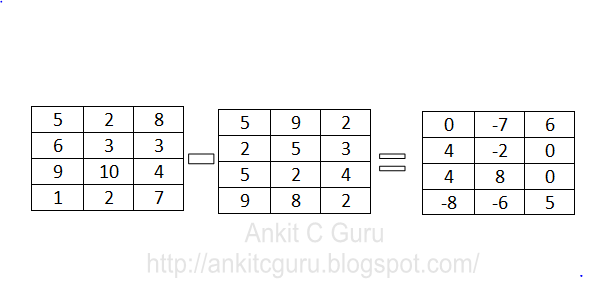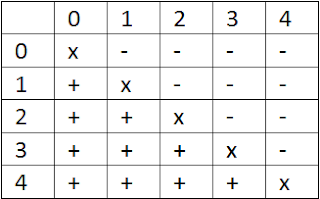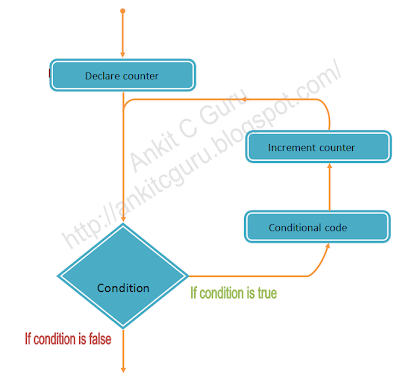What are Header files?
Header file contains different predefined functions, which are required to run the program. All header files should be included explicitly before main ( ) function.Header files are also called as Pre-compiled header. Here is some C programming header files ... <assert.h> <complex.h> <ctype.h> <errno.h> <fenv.h> <float.h> <graphic.h> <inttypes.h> <iso646> <limits.h> <locale.h> <math.h> <process.h> <setjmp.h> <signal.h> <stdalign.h> <stdatomic.h> <stdbool.h> <stdarg.h> <stddef.h> <stdint.h> <stdio.h> <stdlib.h> <stdnoreturn.h> <string.h> <threads.h> <tgmath.h> <time.h> <uchar.h> <wchar.h> <wctype.h> We can input using two methods 1. #inclu...








